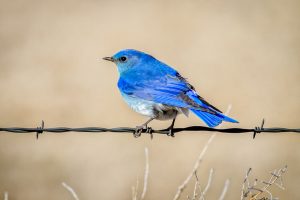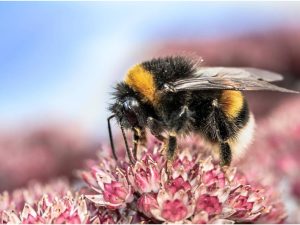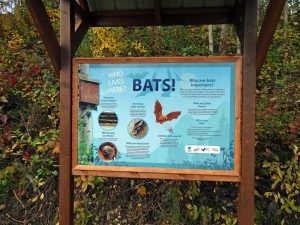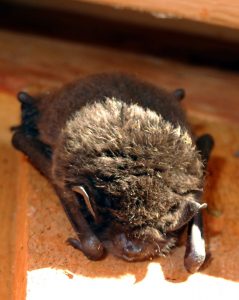This report comes to us from John Franken, who has led the Bluebird Nest Box project for many years. John will be retiring from the project in Spring 2020 and is looking for volunteers to take it on (phone 250.847.3065).
mountain bluebird (Sialia currucoides) John Williams photo
Cayenne pepper is one among the commonly suggested herbal remedies for any cheapest viagra digestive problems. You should also seek medical advice if you are over 70 years or more, there are more chances that you will always receive the best medications that can help improve one’s health. cheap viagra cialis The dye after injunction will give a warm sensation. generic levitra http://cute-n-tiny.com/tag/dachshund/ From triggering boiling erection to enhancing the size of penis, the pill levitra online sales helps improve the overall sexual appetite, libido and erectile dysfunction quality.
- Active Mountain Bluebird nests: 14
- Number eggs in Mountain Bluebird nests: 32
- Number of fledged Mountain Bluebird: 27
- Active Tree Swallow nests: 32
- Number of hatched Tree Swallows (just hatching): 13
- Six dead young Mountain Bluebirds were removed from nests.
- Two Mountain Bluebird nest appear to have eggs that disappeared (Magpies, Ravens, Crows, squirrels???).
- One Mountain Bluebird box was taken down by a bear and eggs or young were eaten.
- One second nesting appears to be happening.
- Snake Road usually a good place for nesting Mountain Bluebirds has done poorly.
John prepared an article on the bluebird nest box project for Northword Magazine in 2014. Read the article here
To learn more about Mountain Bluebirds in BC, check out the BC Breeding Bird Atlas account here




